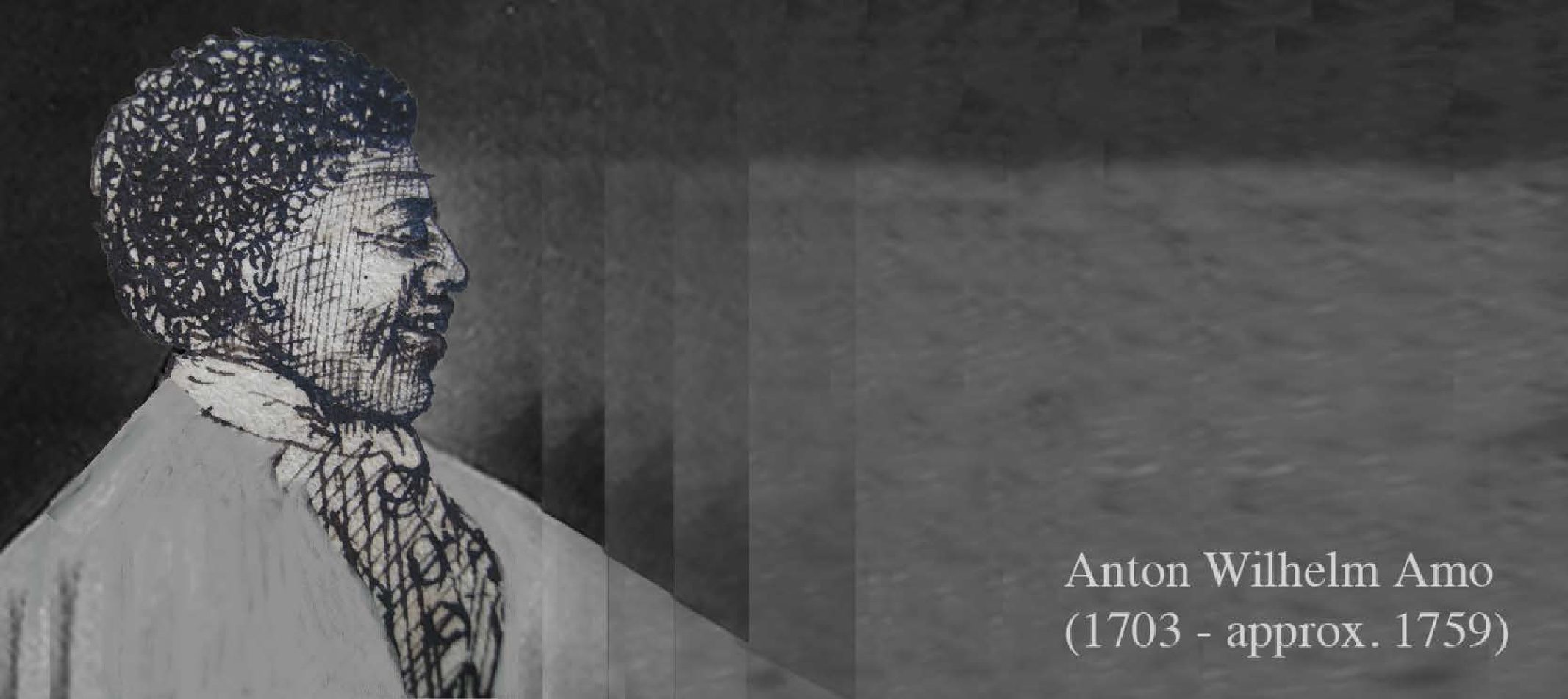
Privacy and hostility as features of trolling relationships
Standard features of trolling connections

As explained early in the day, trolling research has taken many kinds, crossing disciplines, populations, and strategies (discover Table 1 for a summary). However, it have concentrated highly from the people of troll rather than trolling as a behavior. As such, even if analyzing a wide variety of studies, a number of the properties present in the literature-personality constructs, reasons, behavior, strategies, and more-highlight only the troll, both myself and also as a member of interaction. The existing study looked at the emails of all of the people in the socializing in a gaming context-the reported troll, the members of their staff (teammates, made up of several subjects plus one or even more bystanders; typically four stars overall), additionally the people in the other team (opponents, made up of bystanders; generally five actors total)-to read whether as well as how the features identified for the books manifested in a real-life trolling connections.
Records: sort is the classification of those functions with regards to our analyses: 1 = deductive, 2 = inductive.
Records: Type is the classification of these features for the true purpose of the analyses: 1 = deductive, 2 = inductive.
Even though there got no typology or program of categorization for trolling interactions, the advantages apparent for the literature provided you some clues on how the interactions might play aside. Like, one of the main findings across more strategies and disciplines might that trolls are full of narcissism ( Hardaker, 2010; Suler & Phillips, 1998). They enjoy it if the dialogue is concentrated around all of them, and they have a tendency to search focus from people by asking most inquiries ( Hardaker 2010) and derailing the conversation (interruption; desk 1), all while pretending is a critical person in the debate at hand (; Kwak, Blackburn, & Han, 2015). Through this and other ways, they display their unique lower communion by encouraging discord into the connections ( Buckels et al., 2014; Fichman & Sanfilippo, 2014). As dining table 1 reveals, some research has proposed that trolls also prove large department, which means they talk profusely, frequently overrunning additional members of the conversation regarding pure engagement (discover Buckels et al., 2014). Contained in this trolling dynamic, one other people in the connection will resort to a number of different strategies, like refuting the troll’s provocative issues and comments or discussing because of the troll to get the topic right back focused ( Herring et al., 2002). Herring et al. (2002) affirmed that sufferers and bystanders might also participate a conflict buffer by telling others to ignore or prevent the troll ( Herring et al., 2002). Surprisingly, this sort of trolling interacting with each other seems to be often fueled by boredom from the troll’s part (elizabeth.g., Maltby et al., 2015; Shachaf & Hara, 2010). The troll are tired of either the website or even the game, and would like to realize a special event (read make et al., 2018). The trolling discussion hence essentially turns out to be a disagreement that spirals from the control of the initial actors and into the palms of the troll.
Current trolling investigation
Nevertheless, regardless of the comprehensive set of attributes offered in desk 1, around stays two important characteristics lacking: privacy and hostility. But not a necessity of trolling within its modern forms (read Cook et al., 2018), considering trolling’s basically web characteristics, privacy is normally an important factor in their execution. Aggression, or at the minimum hostility, is also an essential part for several https://datingmentor.org/escort/los-angeles/ of trolling kinds listed in the information arranged. Both these functions would, according to her particular theoretic foundations, intensify trolling issues and result a stronger feedback from subjects. Need, for example, one of the numerous concepts of privacy’s influence on correspondence: the societal Identity Model of Deindividuation Effects (AREA) idea ( Postmes, Spears, & Lea, 1998). Based on PART, in an anonymous context, folks will polarize their own feedback and expressions to fit that from the party. Considering the anonymous context of online games, detection concepts would forecast that trolling relationships would include indications of argumentation while the polarization of viewpoints.


